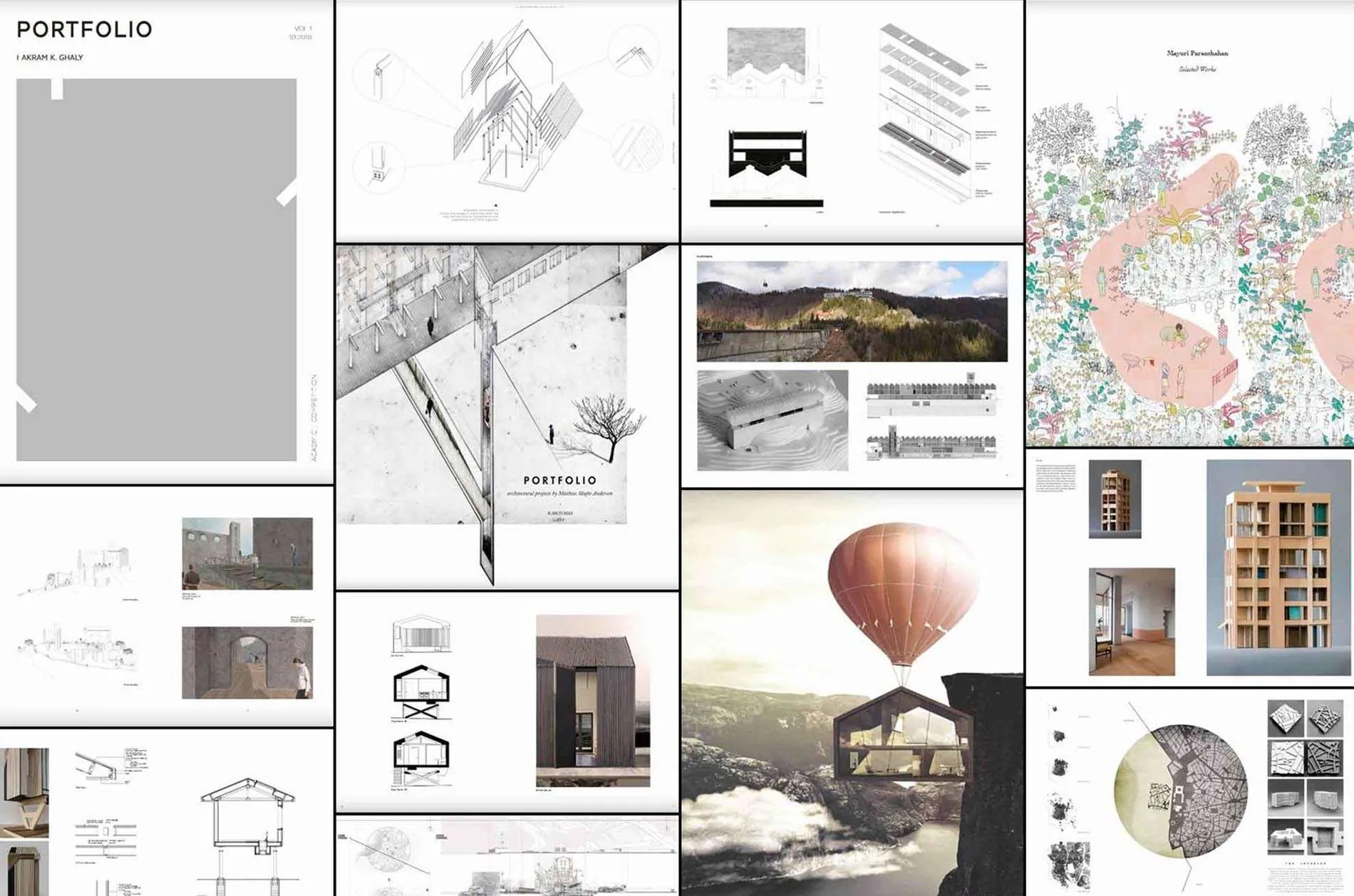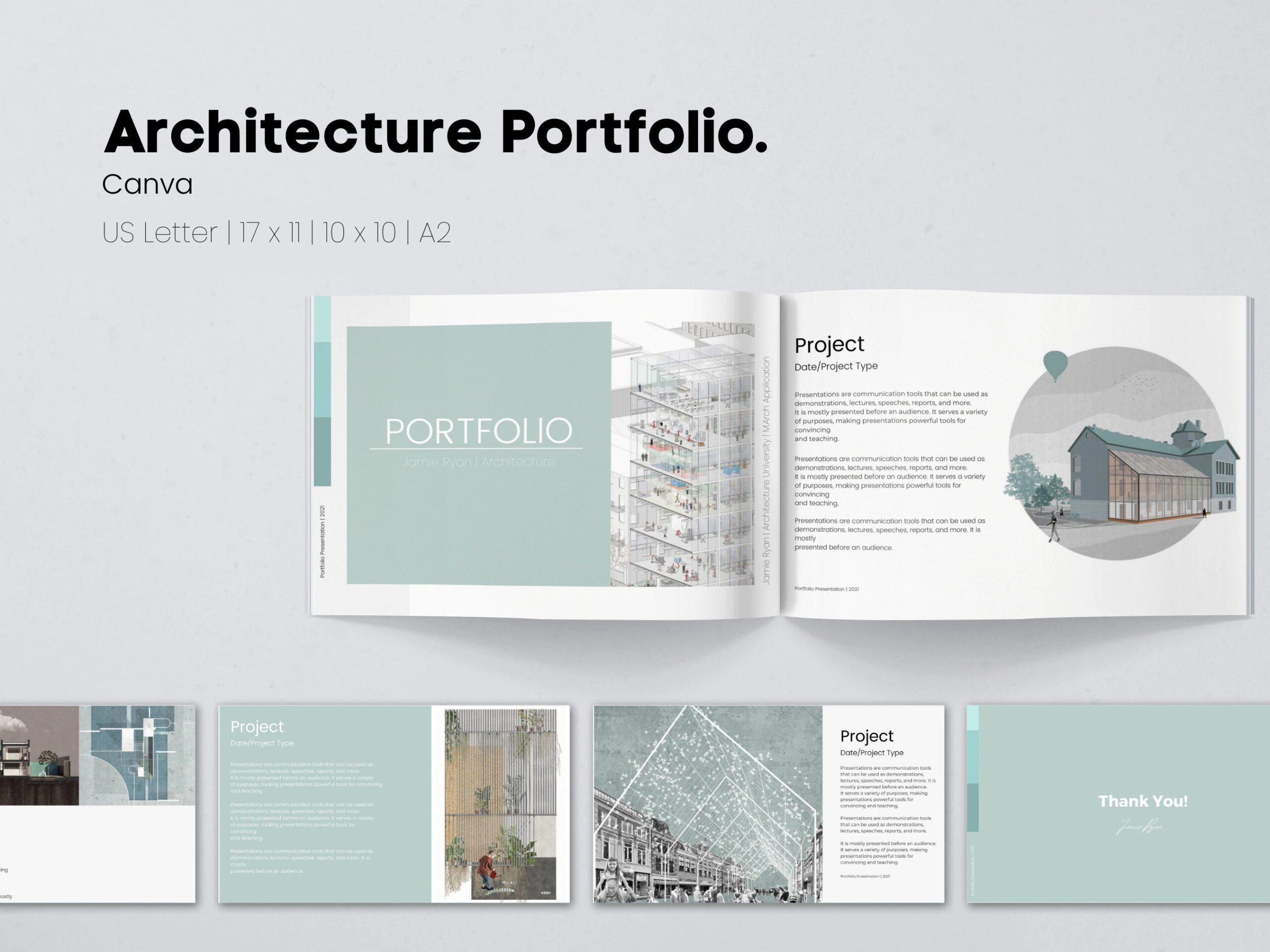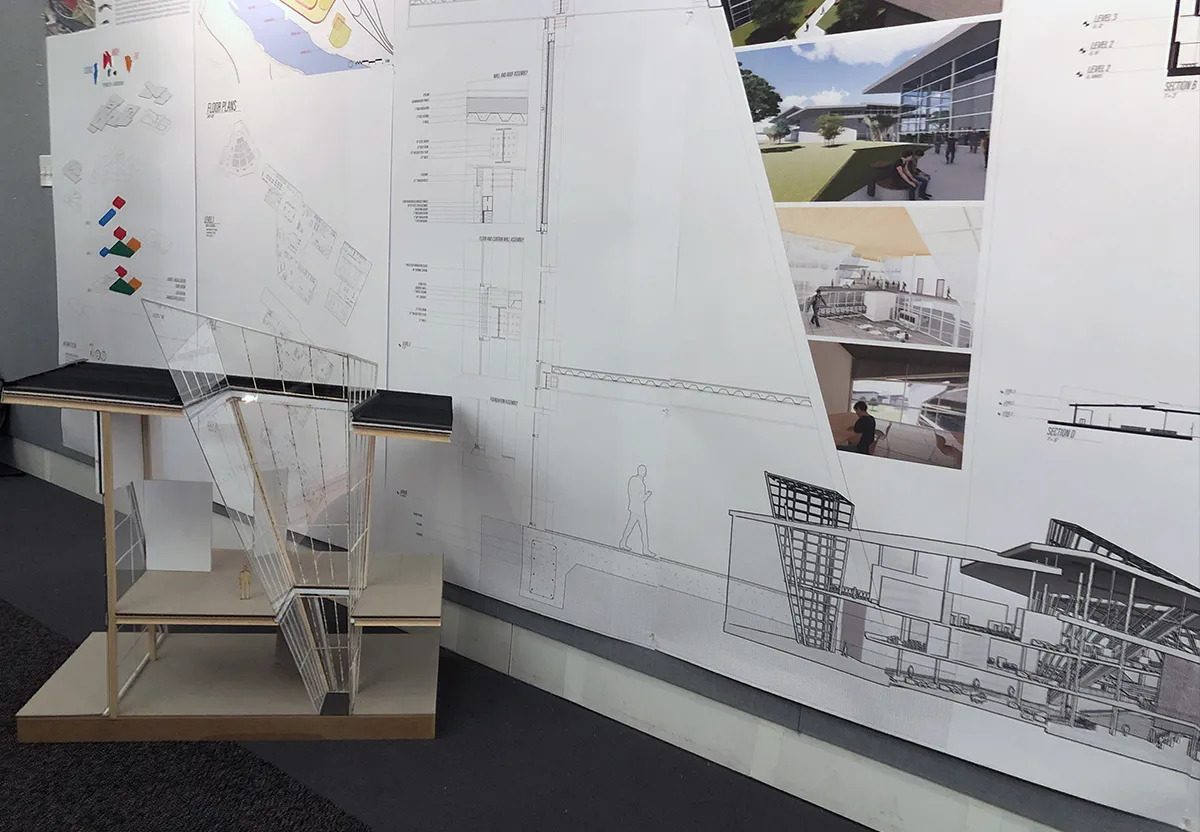- Home
- Articles
- Architectural Portfolio
- Architectral Presentation
- Inspirational Stories
- Architecture News
- Visualization
- BIM Industry
- Facade Design
- Parametric Design
- Career
- Landscape Architecture
- Construction
- Artificial Intelligence
- Sketching
- Design Softwares
- Diagrams
- Writing
- Architectural Tips
- Sustainability
- Courses
- Concept
- Technology
- History & Heritage
- Future of Architecture
- Guides & How-To
- Art & Culture
- Projects
- Interior Design
- Competitions
- Jobs
- Store
- Tools
- More
- Home
- Articles
- Architectural Portfolio
- Architectral Presentation
- Inspirational Stories
- Architecture News
- Visualization
- BIM Industry
- Facade Design
- Parametric Design
- Career
- Landscape Architecture
- Construction
- Artificial Intelligence
- Sketching
- Design Softwares
- Diagrams
- Writing
- Architectural Tips
- Sustainability
- Courses
- Concept
- Technology
- History & Heritage
- Future of Architecture
- Guides & How-To
- Art & Culture
- Projects
- Interior Design
- Competitions
- Jobs
- Store
- Tools
- More
10 Tips for Creating a Portfolio That Gets You Noticed

In the world of architecture, a well-crafted portfolio is more than just a collection of your work—it’s a profound storytelling tool, showcasing your unique style, innovative ideas, and technical expertise. An impressive portfolio can be a ticket to getting noticed, securing job opportunities, and carving a distinct niche for yourself in a competitive industry.
Whether you are a student or an experienced professional, these essential tips will help you build an architectural portfolio that can make a significant impact.
- Understand Your Audience
Before you start curating your portfolio, it’s crucial to understand who your audience is and what they are seeking. Are you applying for a job at a cutting-edge architectural firm, submitting a proposal for a design competition, or pitching a project to a potential client? Each audience has different needs and expectations that you should address with your portfolio’s content and presentation.
- Select Your Best Works
A common misconception is that portfolios should include everything you’ve ever done. However, it’s essential to prioritize quality over quantity. Choose projects that highlight your skills, creativity, and versatility as an architect. Remember, your portfolio should leave a lasting impression, and each project should contribute to it.
- Tell a Story
Your portfolio should not merely showcase your work; it should narrate your journey, growth, and thought process as an architect. Each project can be presented as a story that explains the concept, design challenges, how you approached them, and the final outcome. A well-told story captivates the audience and gives them a better understanding of your working style and methodology.
- Display a Variety of Skills
Architecture involves various skills, from conceptual thinking and design development to technical detailing and project management. Show your proficiency in these areas by selecting projects that demonstrate a range of your capabilities. Don’t forget to include examples of your software skills, like CAD drawings, 3D models, and BIM projects.

- Presentation Matters
Aesthetic presentation is essential for an architect’s portfolio. Pay attention to layout, color scheme, typography, and visual hierarchy. Each page should be designed to guide the viewer’s attention through your work effectively. Keep it clean, organized, and professional.
- Use High-Quality Visuals
Visuals are the heart of an architecture portfolio. Utilize high-quality images, drawings, renders, and diagrams. If possible, invest in professional photography of your completed projects. Clear, well-lit images that highlight the architectural features of your projects can significantly enhance your portfolio.
You should also convert project visuals from JPEG to PNG for better quality and transparency in your portfolio. Such small details can make a big impact on the overall presentation.
- Include Personal Projects
Including personal projects, like competitions, pro-bono work, or even theoretical designs, adds depth to your portfolio. It offers a glimpse into your interests and passions outside of professional work and highlights your creativity and initiative.

- Keep it Updated
Your portfolio is a living document that should grow with you. Regularly update it to include new projects, skills, and experiences. This not only keeps your portfolio relevant but also shows that you’re an active professional who’s continually evolving.
- Digital and Print Versions
In today’s digital age, having an online portfolio is a must. It allows you to reach a broader audience and makes your work accessible at all times. However, a printed portfolio is equally important, especially for face-to-face meetings and interviews. Ensure both versions are equally captivating and updated.
- Seek Feedback and Revise
Before finalizing your portfolio, seek feedback from peers, mentors, or professionals in the field. Use their insights to refine your work. Your portfolio can always be improved, and constructive criticism can help identify areas for enhancement.
Crafting an architectural portfolio that gets you noticed requires time, effort, and a lot of introspection. It’s about showcasing not just your work, but also your identity as an architect. These tips should provide a framework for creating a portfolio that stands out from the crowd and leaves a lasting impression. Always remember that your portfolio is a reflection of your architectural journey, so ensure it accurately represents your skills, experiences, and ambitions.

Submit your architectural projects
Follow these steps for submission your project. Submission FormLatest Posts
The Ultimate Guide to Fencing in North Dakota: Choosing the Best Fence for Your Property
Watching a chain link fence twist in 70 mph winds near Minot...
Gaudí: Where Architecture Meets Science
Gaudí: Where Architecture Meets Science shows catenary arches, ruled surfaces, and biomimicry...
How Housing Market Forces Shape Architectural Design Today
Architecture never exists in isolation. Buildings rise from a mix of ambition,...
Why Portable Formaldehyde Gas Detectors Matter on Construction Sites
As construction practices shift toward more enclosed and material-intensive environments, the risk...












Leave a comment